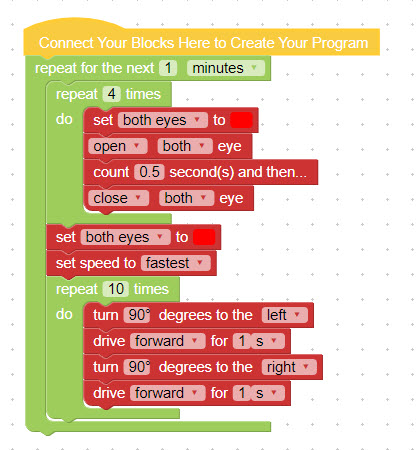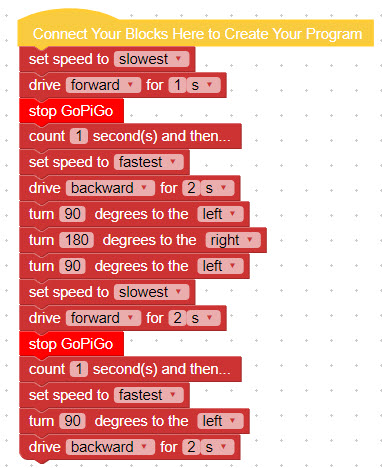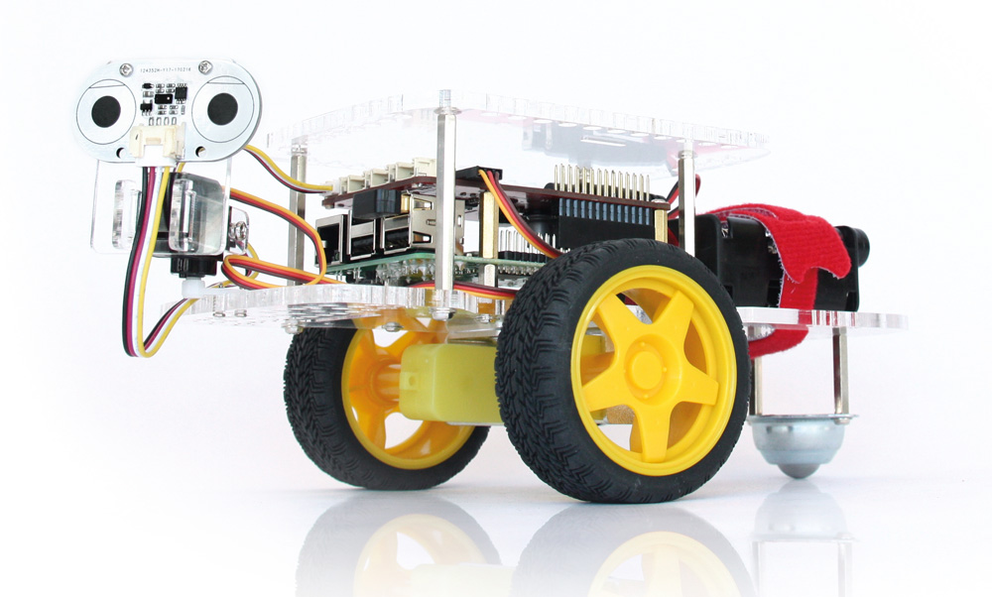Instructions
Setup:
1. Copy student handouts.
Introduction:
- Ask the students, "What is the difference between character traits and physical traits?"
- Tell the students that physical traits are what we can see. They are on the "outside" of the character. Character traits are more about the inside of a character. Character traits can be determined based on what the character says and does.
Procedure:
- Distribute the student handouts. As a class, review the definitions of physical traits and character traits. Add to the list of sample physical traits and character traits.
- Display the photo below of the GoPiGo3 and/or distribute your class robots to the students. As a class create a list of physical traits of the GoPiGo.
- Ask the students, "Can we determine character traits of the GoPiGo?" Facilitate a class discussion around this question.
- Tell students that we can determine character traits of the robot based on its behavior. Ask the students, "What determines the behavior of the robot?" (the programming)
- As a class review the two programs on the student handout. These programs are for two different characters. Discuss what the robot will be doing in each of the scenarios. Students will then work independently or with a partner to determine three character traits for each robot character's program and explain their reasoning. Sample responses: Example 1- The GoPiGo is aggressive, uneasy, and energetic due to the intensity of the movement, flashing red eyes, and jerky movements. Example 2- The GoPiGo is anxious, hesitant, and cowardly since it moves slowly and cautiously when traveling forward. It runs away quickly when it encounters something unknown.



Closure:
- Students will run their programs and share their stories with the class or a small group. ** If students are sharing robots, place all of the programs for each group of students on one USB jump drive for easy access and transition between students sharing their stories. **
Last modified: Friday, 20 November 2020, 4:41 PM